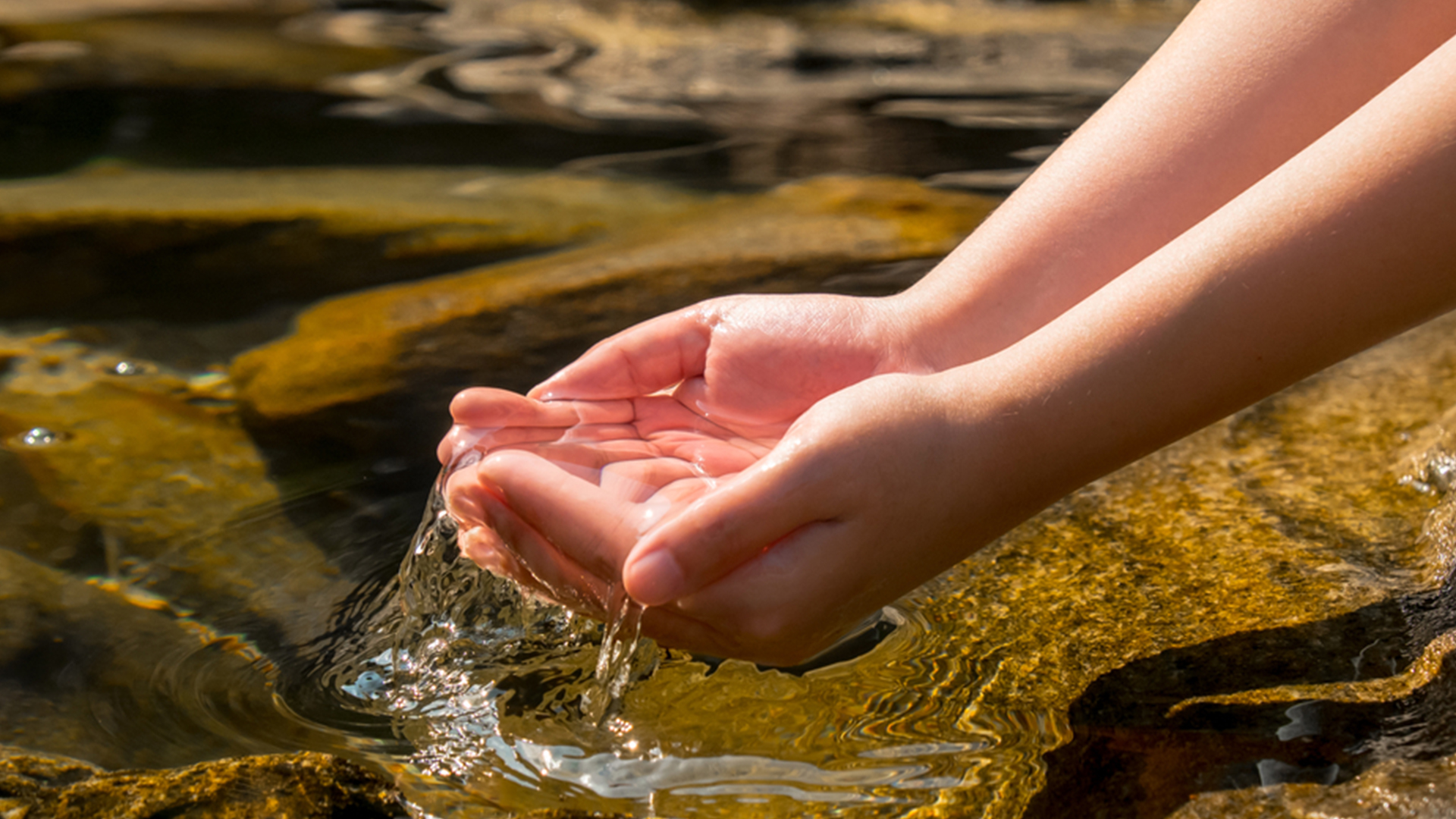Two Steps
Those who know how to drink water like a glass by holding your hand to a river while walking around in nature, raise your hand. Those who know how to eat directly from the tray by making a lavash like a spoon should take it away. Every day, the raised hands are getting less and less. It's not an emotional state, it's what life brings us. To say ah wow is meaningless and unnecessary. Changing life conditions, of course, change many things we know and learn, both positively and negatively.
There is one subject that has changed but will never disappear, and that is packaging. We always need packaging in every field, and packaging is constantly changing shape and form for a sustainable life. These changes are, of course, positive changes for human beings.
.jpg)
California-based industrial designer Pushan Panda offers a solution to facilitate recycling with its sustainable packaging for beverages. As important as recycling is, the background process also requires care and attention. Multi-layered products, such as milk and fruit juice, that we see on the shelves every day, which are offered as long-lasting and covered with plastic materials, are among the products that cause the most waste. Although there is paper in such products, paper and plastic must be separated from each other in order to recycle cardboard, which is an obstacle that complicates the process. In addition to being a very expensive and difficult process, unfortunately, it is often not possible to recycle it. For this reason, we often come across sustainable packaging designs lately. Pushan Panda, which has previously appeared with zero waste projects and sustainable designs, has designed Bruk in a way that needs much less material, offering us a new alternative at this point.
.jpg)
As a result of the complex recycling process behind plastic-coated paper packaging, only 16% of beverage cartons are recycled in the US, compared to 49% in the EU. While Panda's Bruk design stands out with its 100% recyclability, the practical solution its design offers to the user also attracts attention. San Francisco-based designer Pushan Panda considers functionality and convenience when designing the product.
Reminiscent of the art of prototype origami, the design divides into two sides, showing liners with which users can simply fold the paper, and separates the paper cardboard from the plastic liner, making it easier to recycle the packaging. Cardboard packaging is divided into two components, a paper carton and a plastic bag, for easy opening. Thanks to the HDPE liner, both components can be recycled on their own. Panda says he designed Bruk to be easy, intuitive and inclusive for everyone, regardless of physical ability. Bruk is just as useful and easy to use as a conventional cardboard, but uses less plastic than a plastic cardboard and unlike paper cardboard is 100% recyclable with conventional equipment.
Bruk's design is cited as an innovative idea to inspire both individuals and brands on sustainability. In addition, the San Francisco, California-based startup also produces other pieces with a focus on sustainable design, as stated on its official website. Among them are metal benches and even anti-COVID isolation booths.
As can be seen in this example, recycling is not just plastic. Every material in every field should be made into recycling studies.



